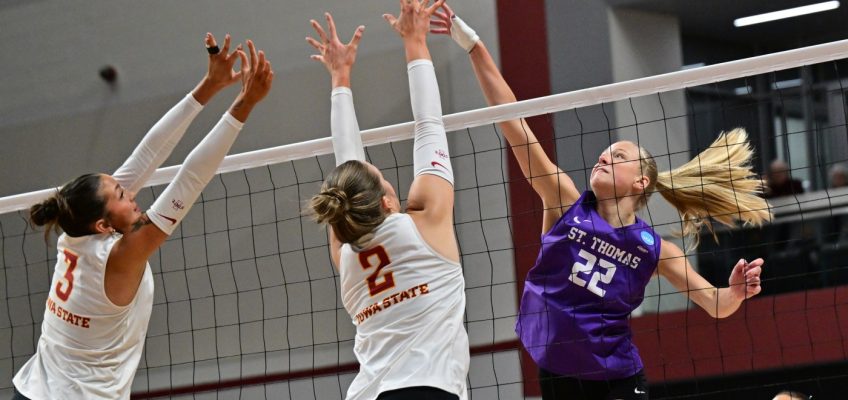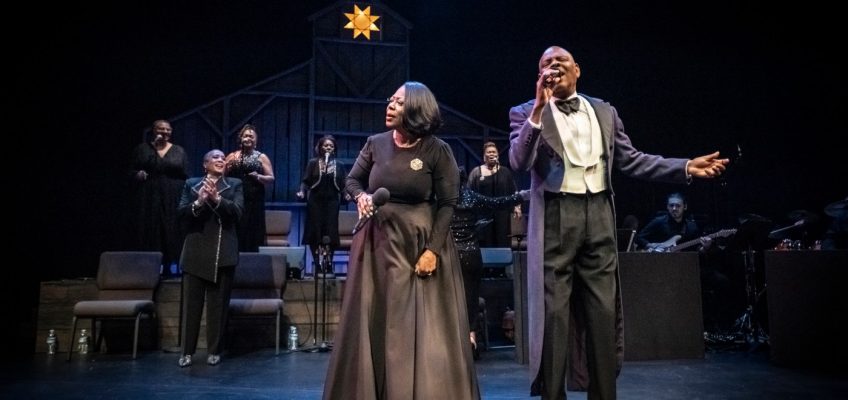Rein in, repair, restore, St. Paul
My property taxes in St. Paul went up 20.78% last year. The current proposed increase for 2026 will raise it another 11.1%. How many citizens of St. Paul can sustain an almost 32% increase in property taxes over just two years? When will we see some relief?
It is not surprising that the population of St. Paul is decreasing. The City of St. Paul needs to refocus its spending to only “must haves” and core services until the loss of federal and state funding is better understood. No new discretionary spending. This is the same analysis each of us, as individuals, are doing with our own budgets. This is not stagnation. It is stabilization. This would be responsible financial stewardship on the part of the City.
People are attracted to cities that are well managed. They look to see how high the taxes are and what the community is getting for their taxes. In St. Paul, we have terrible streets, a Parks Department with a maintenance backlog of over $200M and a downtown that is drying up. We have the second highest property tax burden of all the cities that the state reports on. We have the highest sales tax in the state. How are all those funds being spent?
We have reached a breaking point for many. Time to rein in the spending, repair the flawed priorities of St. Paul’s city government and start to restore trust in the ability of our leaders to govern our beloved city.
Gary R. Todd, St. Paul
Looking like fools
Minnesota wins a lot of “most of” contests. Like lakes, walleyes, days below freezing, etc. But his latest award takes the cake. Gov Walz apparently has the biggest government fraud numbers in the country. Makes the legendary Chicago corruption look like penny-ante scams. Thanks for keeping the state in the national news. We appreciate looking like fools to the rest of the country.
Louis Matis, Roseville
He did OK after that
Note to all the so-called sports analysts and Viking fans: Troy Aikman went 0-11 his first year, which was cut short due to injury. He did OK after that.
David Cassman, St. Paul
Is Venezuelan dope more addictive than Honduran dope?
President Trump recently announced he will be pardoning ex-Honduran President Hernandez, who is serving a 45-year sentence for drug trafficking in a West Virginia penitentiary. Hernandez had been found guilty in U.S. courts of importing cocaine into this country.
This confuses me. The president’s stated reason for threatening to launch a war against Venezuela is the drug trafficking by the Venezuelan president. So why the pardon for the ex-Honduran president? Is Venezuelan cocaine more addictive than Honduran cocaine? Or could this be a quid pro quo-caine?
Steve Larson, Minneapolis
The president’s petulant whims
All command positions in our military operate under an explicit directive to never needlessly place those under their command in harm’s way. Those deserving of their rank feel some bit of personal failure and responsibility for every life lost. We now have a soldier fatally shot during a deployment that served no purpose other than meeting her Commander in Chief’s insatiable need for theatrical stunts that draw attention to him, and to make it appear he’d gained the upper hand in his whizzing match with a duly elected local official. The most likely outcome for anyone at a lesser level of command would be immediate dismissal and a court martial hearing.
Many offer reasons for yet another impeachment, but prominent among them should be his demonstrable ignorance of the fact members of the military offer their lives in service to the critical needs of our country, not to the childishly petulant whims and grandiose fantasies of its Commander in Chief. And while none of them fired the bullet that took this young soldier’s life, no one in her chain of command who stood by silently in the face of this deployment order can claim not to have had a role in this tragedy.
Tom Baldwin, Falcon Heights
Not the way to make America great
Americans expect the president to inform the nation of important issues and events in a formal capacity: State of the Union addresses, important press conferences, etc. Trump, however, randomly, haphazardly and sporadically communicates using a variety of methods, including social media.
Some might consider this being “transparent” and “speaking to the common person;” instead, it’s unfiltered, irresponsible, and downright dangerous.
When we face a crisis as a nation, we want someone to show us a calm, even-tempered demeanor. We want to know that our leader is on the job, managing the crisis in a serious, controlled fashion. We don’t need or want our president publicly projecting his first knee-jerk, emotional reaction; making random, unsubstantiated threats; and casting aspersions on people before he knows all the facts. We don’t need our president calling people names, inciting violence against his perceived enemies and creating social, political unrest.
Trump makes it difficult for us to remain unified as a nation, for us to thoughtfully and effectively solve problems together, and for common decency and humanity to rule the day. His recent rant in the wake of the National Guard tragedy in which one soldier was killed and another critically wounded fanned the flames of violence and unrest in America. Rather than address the tragedy with the seriousness, concern and decorum becoming a leader, he lashed out senselessly and irresponsibly. He spewed blatant and harmful lies about immigrants, insulted a state leader using disgusting language, and openly mocked a member of Congress for her culture and religious beliefs.
The shooter in question was legally accepted into the country during the Trump administration. He came here legally, obtained legal status, and was in no way considered illegal or a criminal until he attacked the National Guard soldiers. The event was tragic, heartbreaking, but certainly doesn’t warrant sweeping generalizations that only serve to pit us against each other in this country.
Unfiltered anger and angst is no way to lead a nation, and no way to make America great.
Laurie Harmon, Hudson
Sainted and Tainted
Sainted to the Pioneer Press for printing the article “Cop describes a DWI crash — his own” in the Nov. 26 daily paper. Back in August, Allan Olson (a Woodbury police officer) and his 18-year-old son, Jacob, were injured in an ATV in Itasca County while on vacation, were hit by an impaired driver and both seriously injured. This very preventable collision has changed their lives and their family’s forever. Somehow, both survived and required multiple surgeries and wide financial hardship.
Now, a Tainted to the impaired driver who hit them.
The article’s main message is that these types of tragic crashes are completely preventable. “To stay safe, drivers should plan their ride before using any impairing substances, line up a sober driver, use rideshare, schedule a pickup or offer to be a designated driver.”
There are many life-saving messages in this timely article…worth reading and following through with family and friends.
Bill Vilendrer, Lake St. Croix Beach
A break and a laugh
Thank you for running Mark Glende’s essay, “Just a simple dream, my dream of a birthday mow,” in the Thanksgiving edition of the Pioneer Press. Between all the food prep I was doing on Thanksgiving morning, I took a break, and his essay his gave me a needed laugh. Thank you, and please thank him, too.
M Emily Nieters, Mendota Heights
Related Articles
Obituary: Renowned TU Dance founder Toni Pierce-Sands, 63, reminded dancers there’s ‘nothing to prove, only to share’
St. Paul police investigating Payne-Phalen fatal shooting
Another business in a Madison Equities building may leave downtown St. Paul
St. Paul’s Grand Meander is Saturday. Here’s what to do, see and sample
Crayon therapy: St. Paul minister creates, donates coloring books for women in shelters




